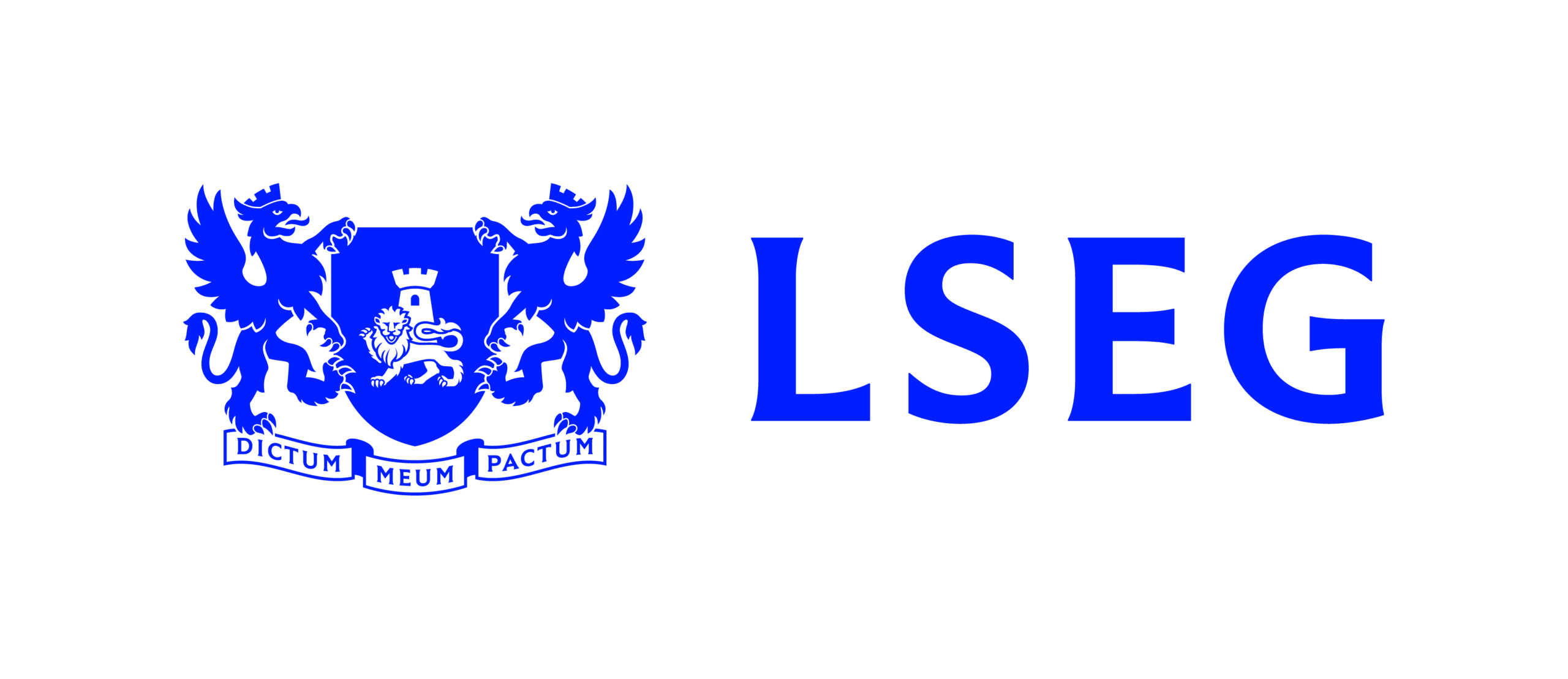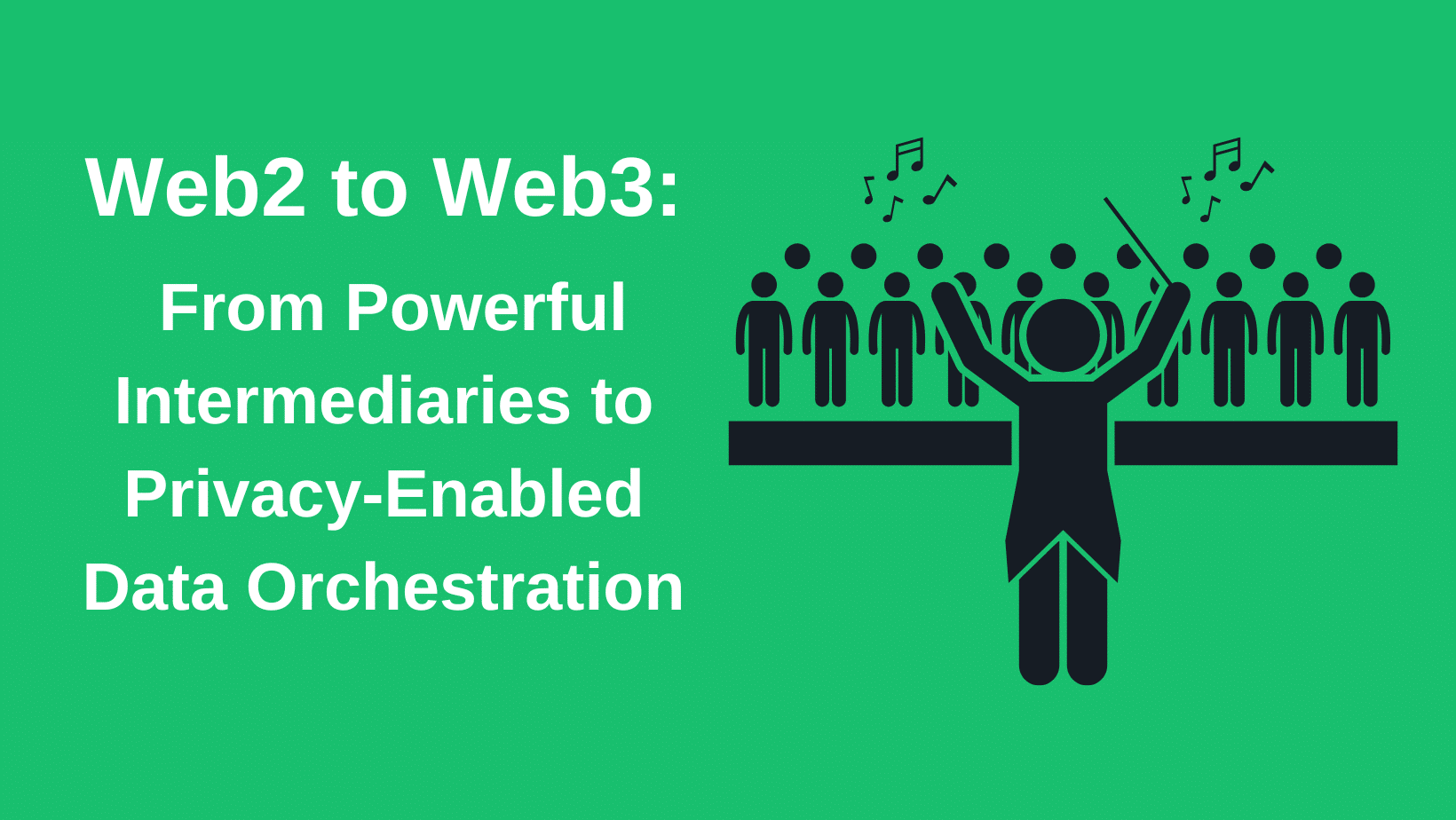The typical data collaboration paradigm of Web2 gave rise to high-power intermediaries that gained immense market power by accumulating vast amounts of valuable data through provision of popular and personalized services (free or paid) and then monetizing the data. These types of Web2 services are often driven by user-generated content – the intermediary benefits from aggregating and monetizing user generated content and gains market power beyond the financial benefit, by controlling the service used by a huge number of people. This model of data-powered intermediaries gave rise to very large corporations such as Google, Facebook, and many others, via business-to-consumer (B2C) and business-to-business (B2B) models.
Web2: The Current State of Data Collaboration
The Web2 intermediaries usually provide popular services and collaborative tools such as social media, community services, cloud services, etc., while they collect their users’ data in the process. In other words, by providing consumer or business services, as well as often managing the communities of consumers or businesses, these Web2 intermediaries amass huge market power. This market power can be used by intermediaries for controlling the economics, terms and features of the services while leveraging the very detailed knowledge of their users.
The massive digital transformation of recent decades and the ubiquity of Internet, only accelerated the pace, the efficiency, and the reach of the Web2 intermediaries – they can quickly spread globally, grow data accumulation exponentially, and deliver more and more services that stimulate further growth while leveraging their users’ data, unleashing a seemingly unstoppable growth and power of these intermediaries. Such high concentration of market power in any given industry, in addition to stimulating monopolistic behavior, also creates centralized points of failure and increases the vulnerability of the sensitive data accumulated by these powerful intermediaries.
From Web2 to Web3: The Next Step
One of the major drivers behind the introduction of Web3, the new evolution of the world wide web utilizing decentralized blockchain, is a cultural pushback against the paradigm of very powerful intermediaries, such as Big Financial and Big Tech. Some of the most important aims and features of blockchain are around decentralizing data and data-driven collaborations, as well as democratizing the services to an almost self-managed level – eliminating the intermediaries and returning the power to the collaborating members themselves. However, this evolution of WWW brings with it a revolution in the form of a total disruption of business workflows, making Web3 incredibly difficult to adopt, especially for critical business processes that could benefit from a well orchestrated data-collaboration. In addition, some level of intermediation is still needed, even on blockchains, for the basic tasks of data orchestration and service enablement.
Privacy-Enhanced Web2: Web 2.5
There is another brilliant newcomer to the data collaboration scene: Privacy Enhancing Technologies, aka PETs. This is a group of advanced cryptographic and computational methods that facilitate collaboration on data while it is protected and distributed; PETs include fully homomorphic encryption (FHE), multiparty computation (MPC), differential privacy (DP), federated learning (FL), synthetic data, and trusted execution environments (TEE). PETs can be combined to deliver privacy-enhanced and confidential data collaboration solutions, on Web2, in which the coordinating party plays the orchestrator role without being exposed to the sensitive data, and thus is prevented from amassing market power. This opens up possibilities to introduce data collaboration on top of Web2 (and in the future to privacy-enhance Web3) without disrupting existing business processes and workflows – Let’s call it “Web2.5 data collaboration” and its intermediaries, ”Orchestrating-Intermediaries” vs “Power-Intermediaries” of Web2. PETs enable data management and analytics without exposing the data being managed or analyzed, hence preventing the intermediaries from gaining the market power derived from data accumulation and data exposure.
Web2.5 Data Collaboration: The New Privacy-Enhanced Paradigm
While blockchain, or Web3, offers decentralized collaboration it also imposes a major disruption to existing processes, including features not always desirable for organizations responsible for sensitive data, such as transparency of transactions to all members of a blockchain. Depending on applications, data sensitivity and data regulations, data protection in collaborations is often a non-negotiable requirement – The exciting news is that thanks to PETs such privacy-preserving collaborations are already feasible and practical on Web2-based architectures.
Also, it is helpful to realize that the business ecosystems in many industries are already decentralized and distributed to start with – it’s the collaboration aspect that requires centralization or orchestration that needs to be addressed by fixing the Web2 paradigm of market-power building intermediaries. So as attractive as Web3 might seem conceptually, in many cases it may be too heavy a hammer to solve the data collaboration task at hand – privacy-enhanced Web2 solutions are often more than sufficient, bearing significantly lower implementation costs and no major disruptions to the current workflows – hence the introduction of Web2.5: Web2 powered by PETs yielding the Web2.5 Data Orchestration paradigm, delivering secure data collaboration without the market-power intermediaries.
For example, in healthcare, there is a dire need for agility in data collaborations. The potential benefits of data collaborations are huge but the obstacles are equally significant. Data collaborations among medical centers are essential in order to build larger cohorts of patients or combine patient information from several sources. Usually large cohorts are needed for Real World Evidence (RWE) studies, studies for learning about effectiveness and adverse effects of approved medications, vaccines or devices in the real world. Such important projects currently are extremely difficult to get off the ground because of regulatory concerns and the desire of data custodians (usually the providers of healthcare) to control the use of their data. By using PETs-enabled data collaboration solutions on Web2, all these concerns are well addressed on a current Web2-based infrastructure.
In the future PETs will be privacy-enhancing Web3 solutions as well, but until then, all industries can benefit from PETs and secure data collaborations on Web2 starting immediately!
For more on PETs enabled data collaboration solutions, please read our case study or contact us
















